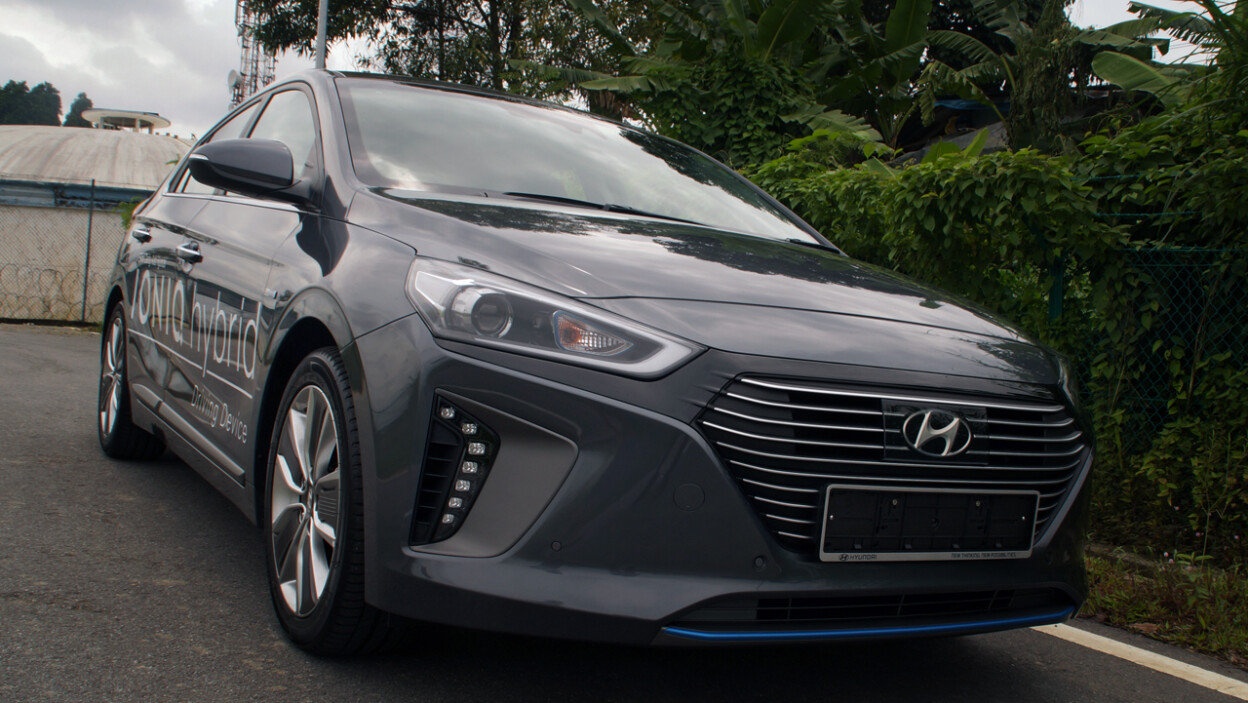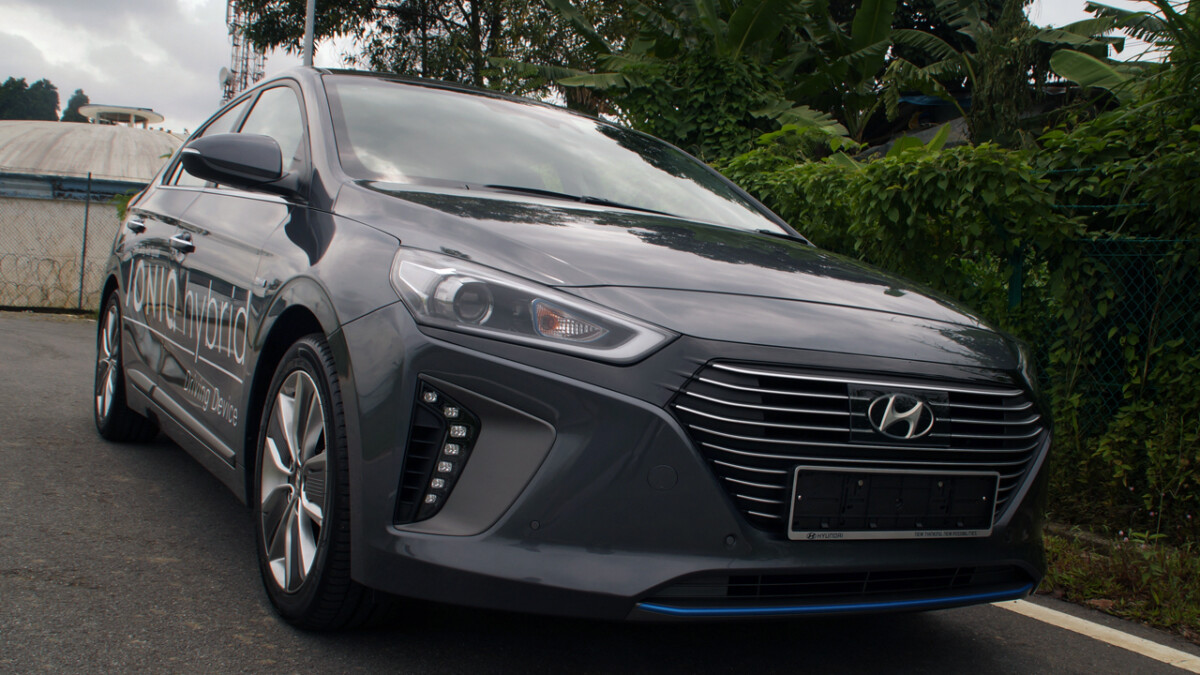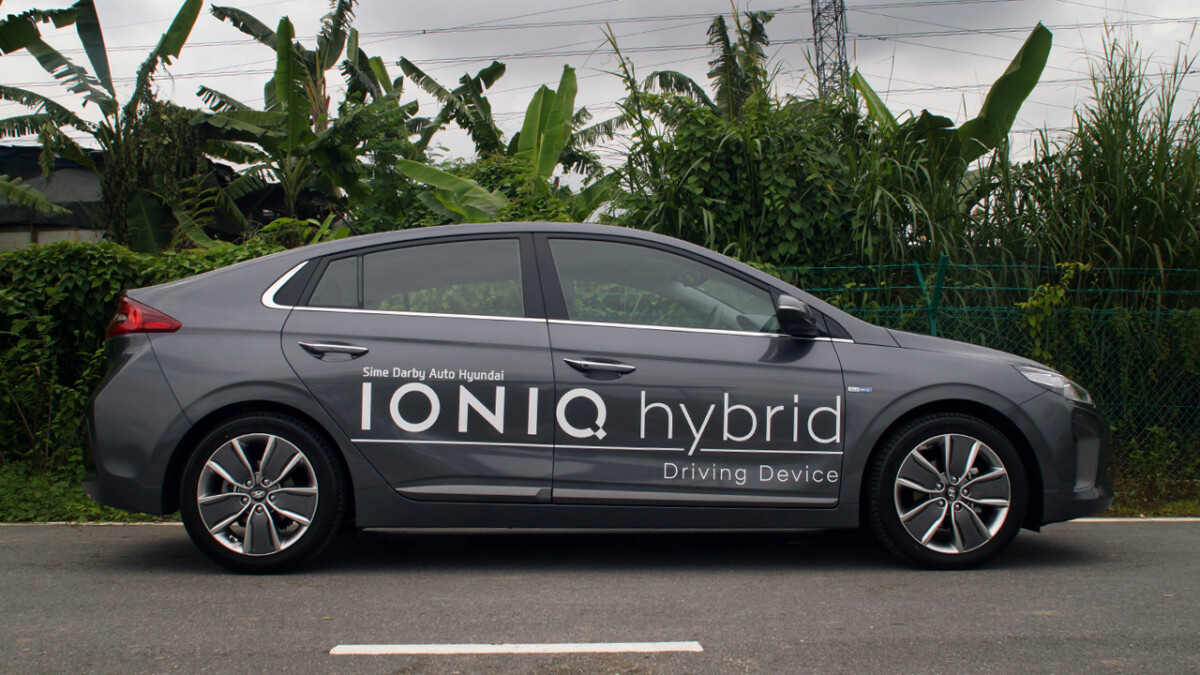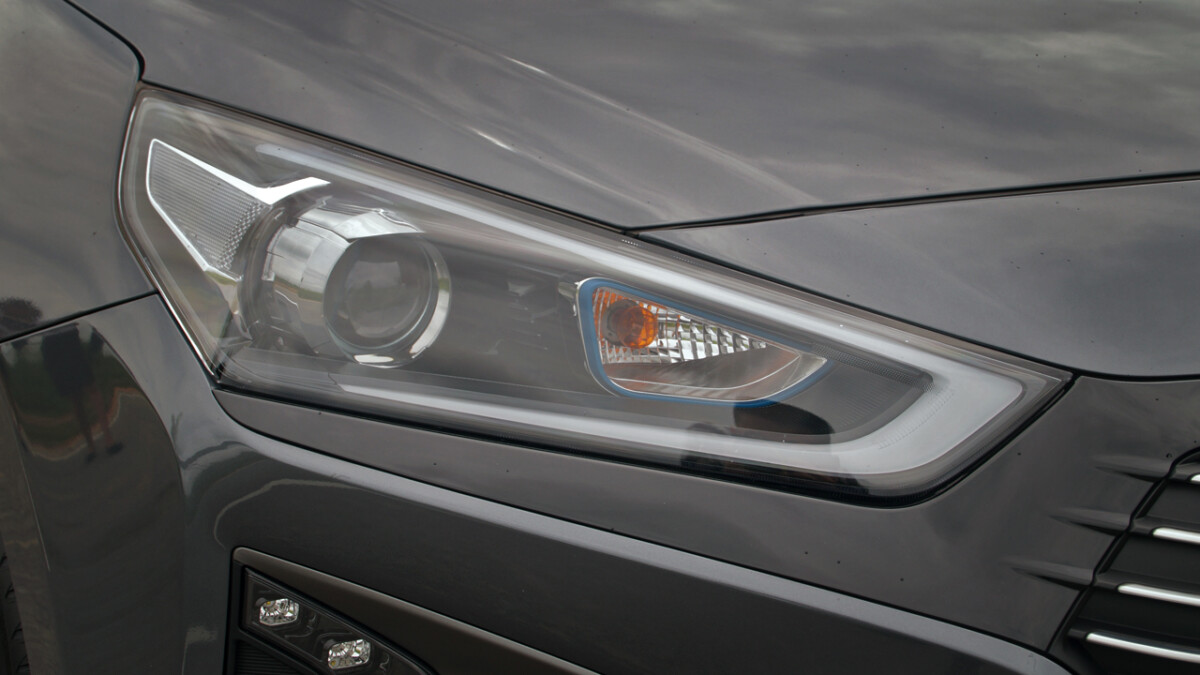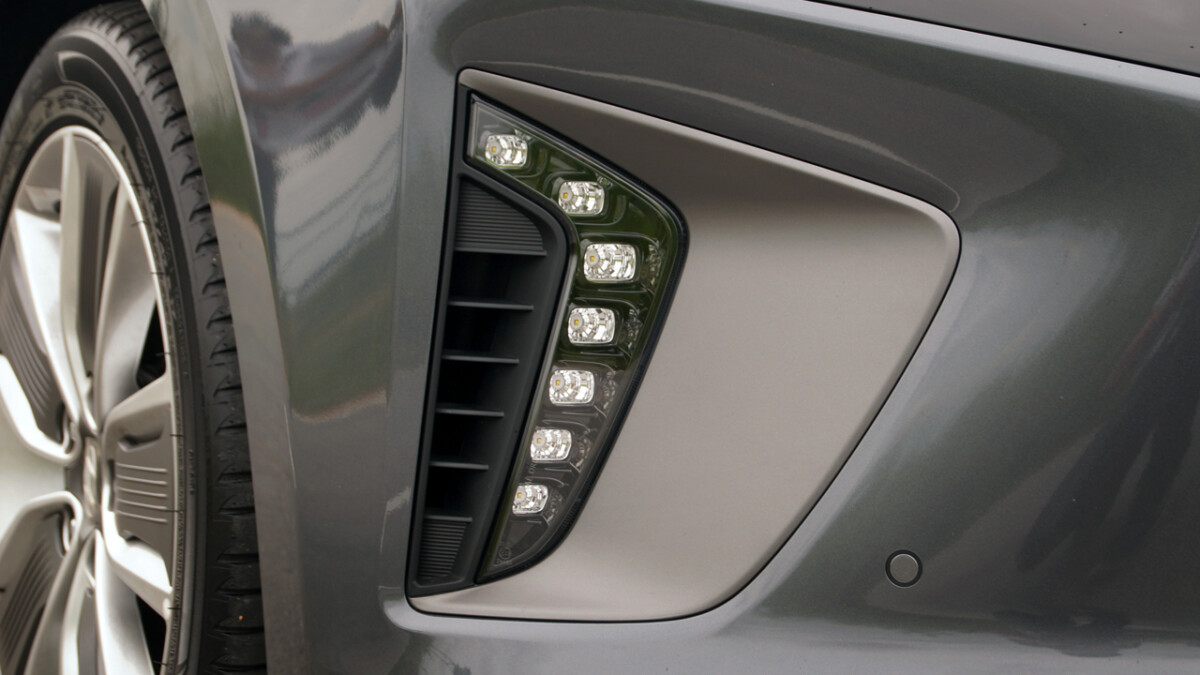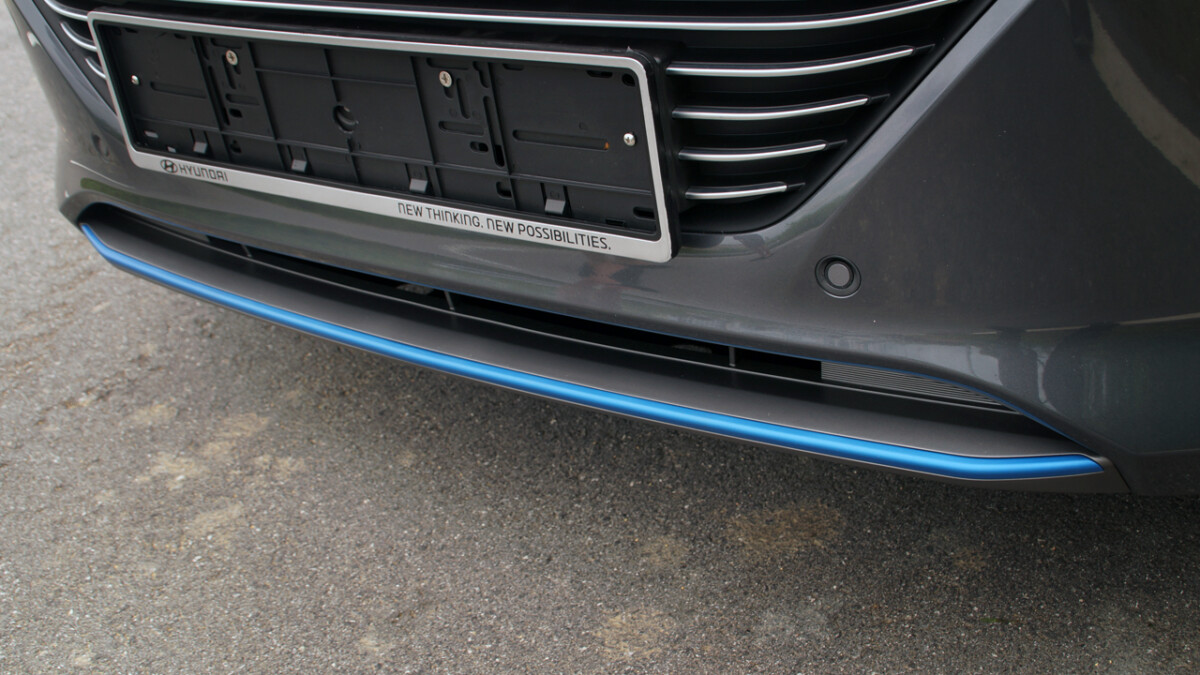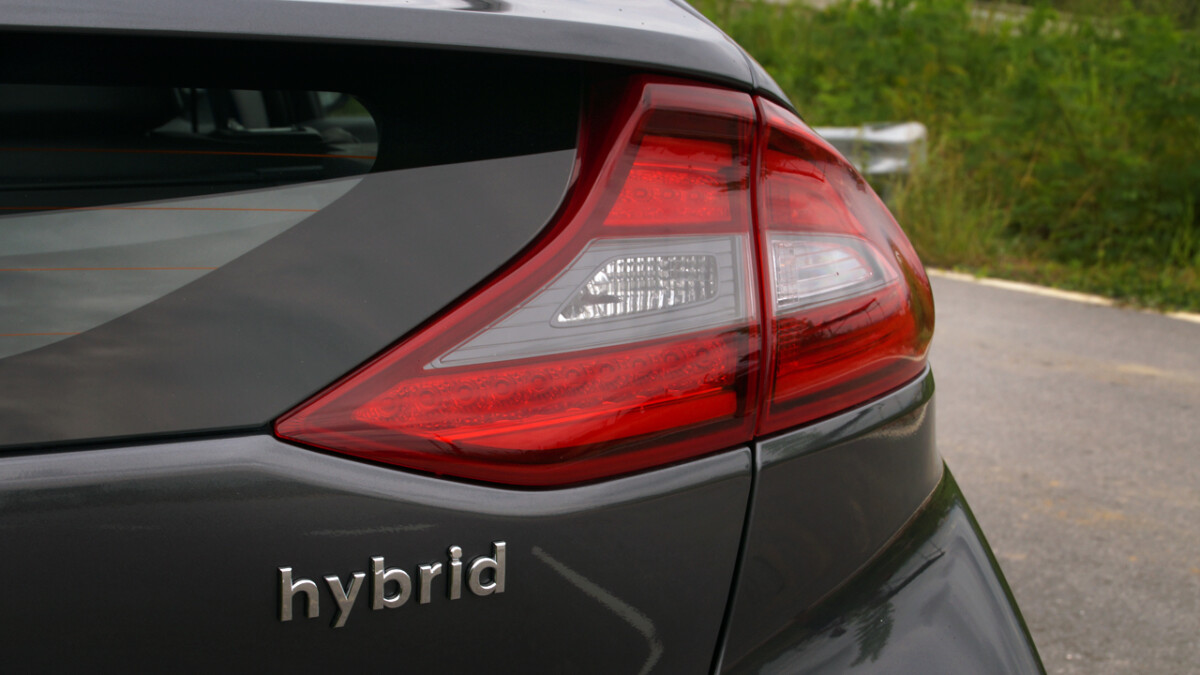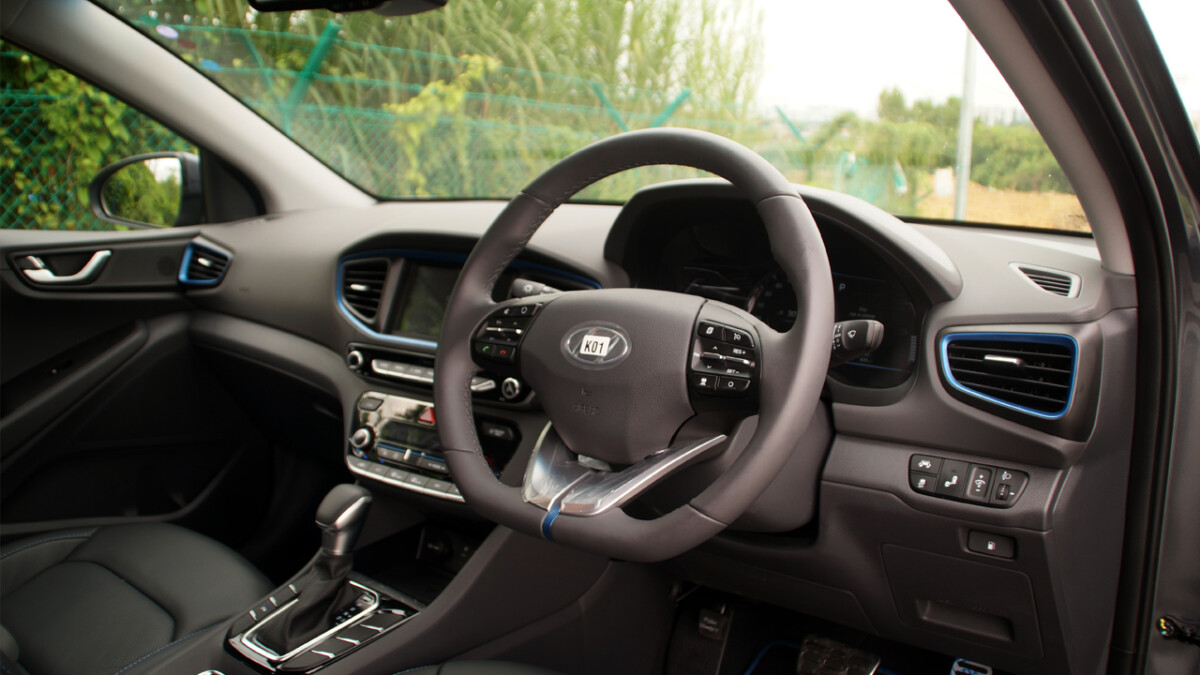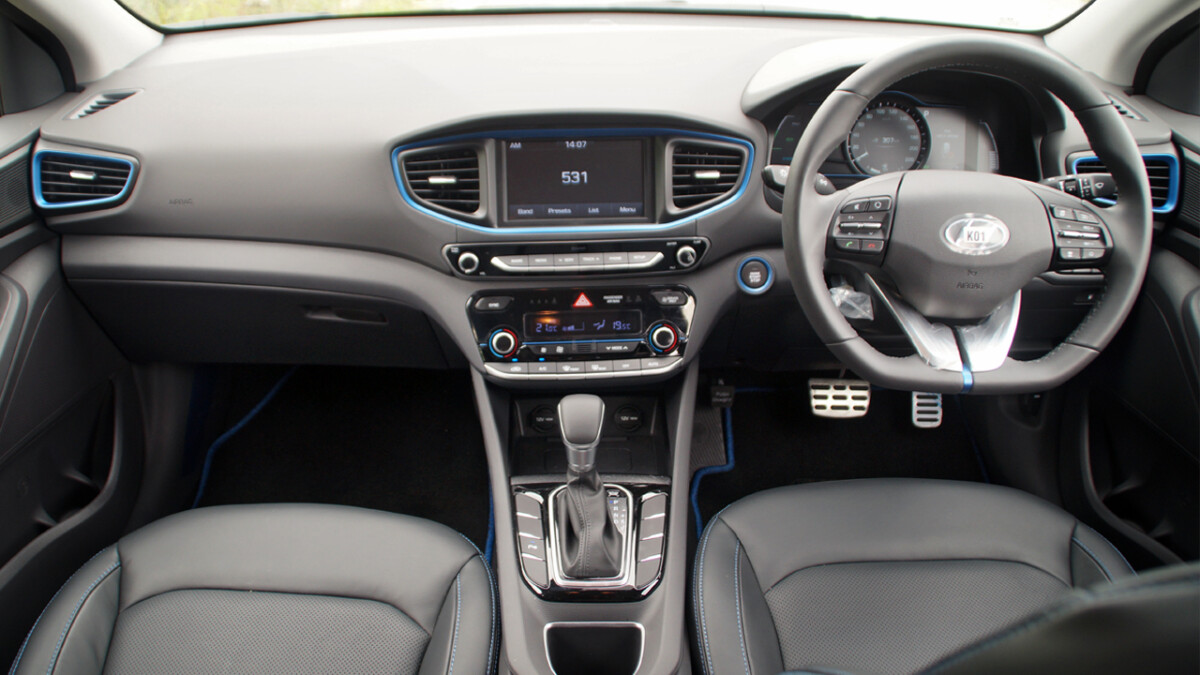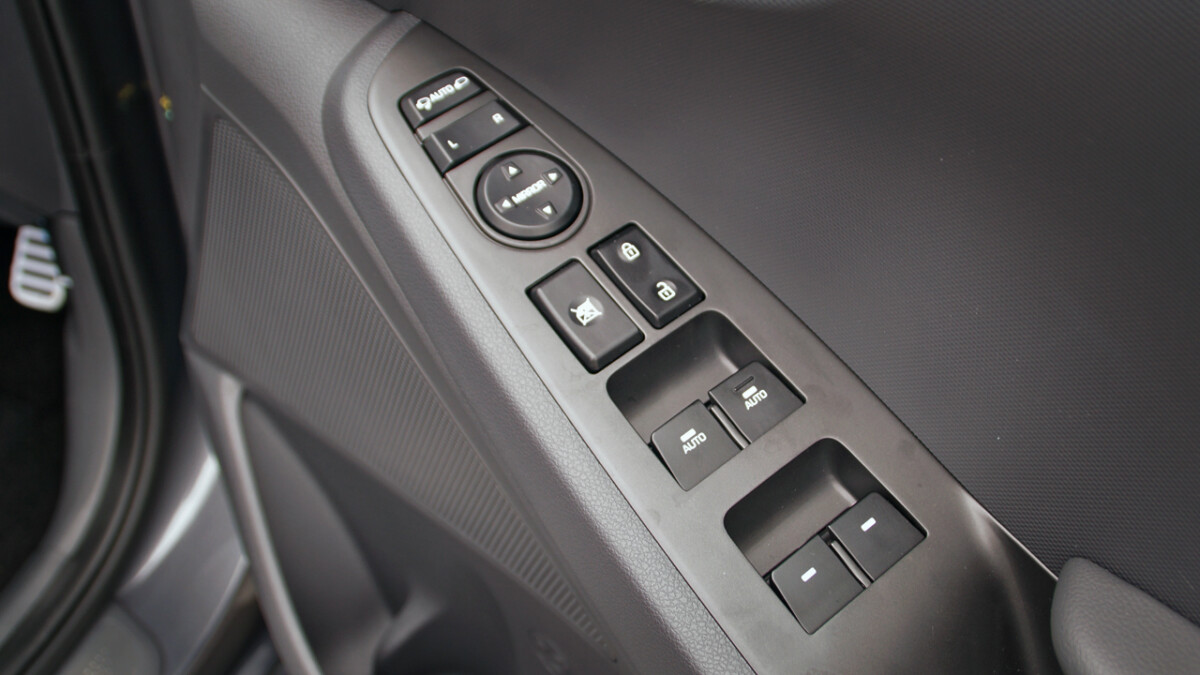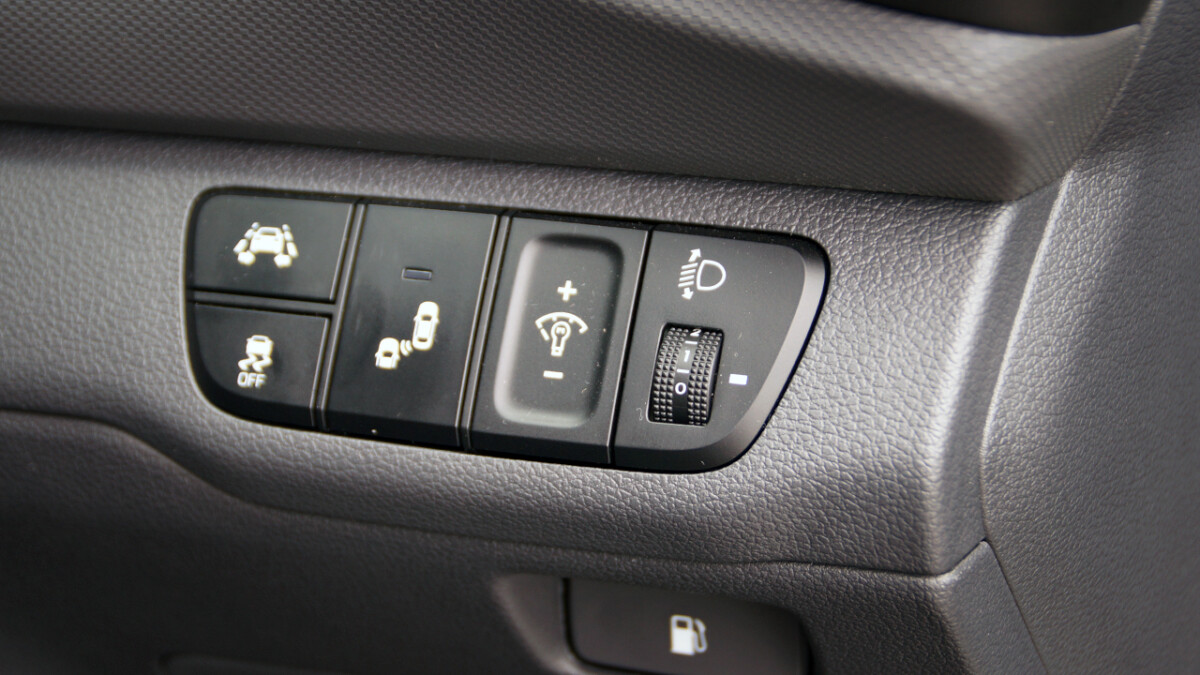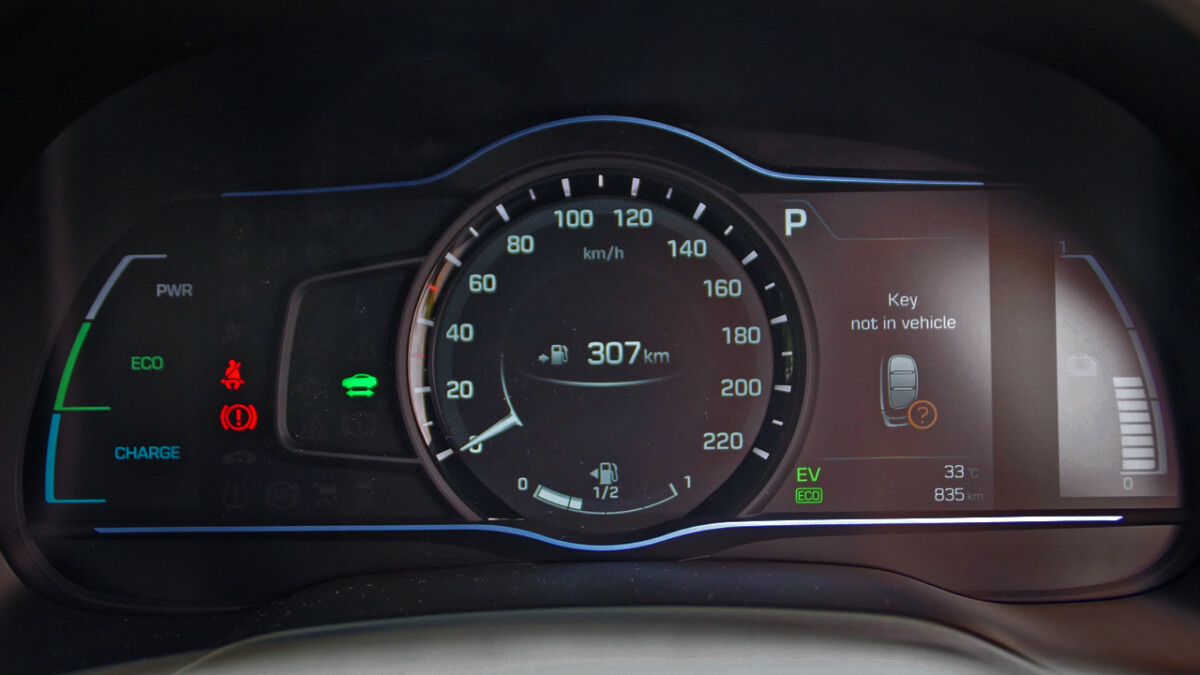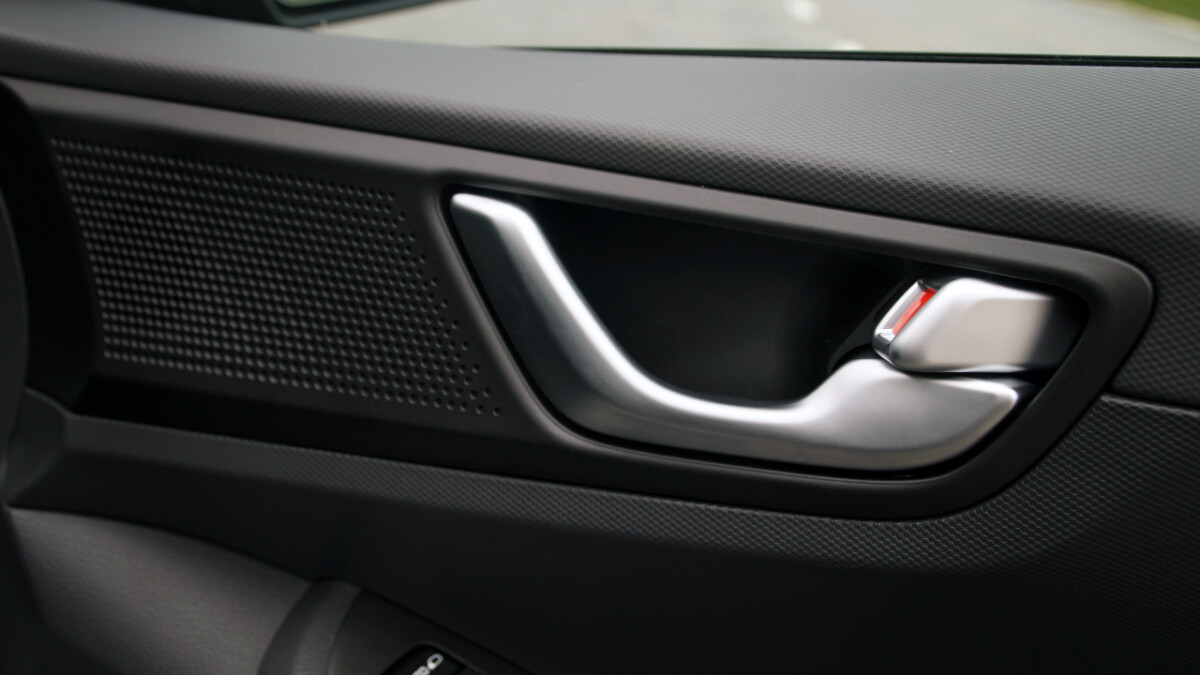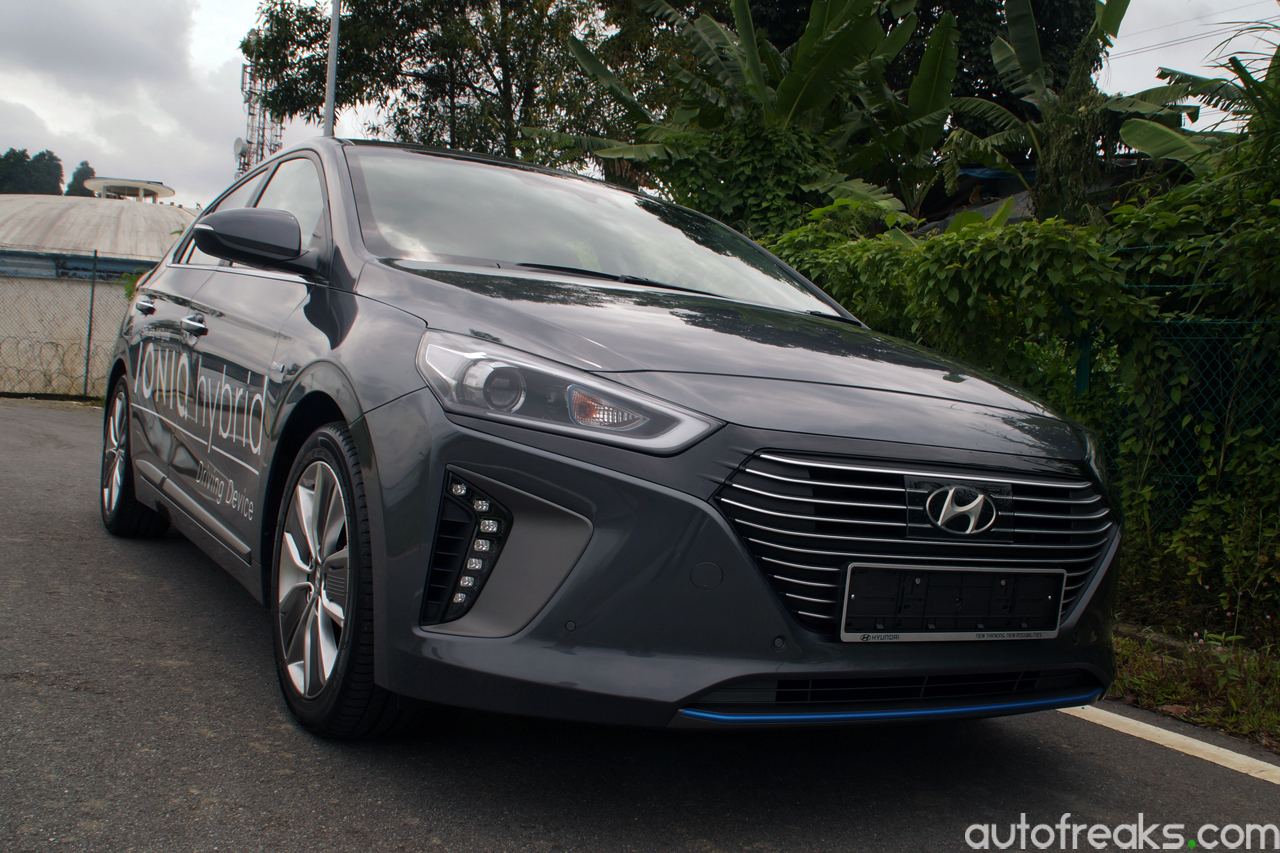
Hyundai Sime Darby Motors officially launched the Hyundai Ioniq yesterday, with a price that starts from just below the magic RM100,000 mark.
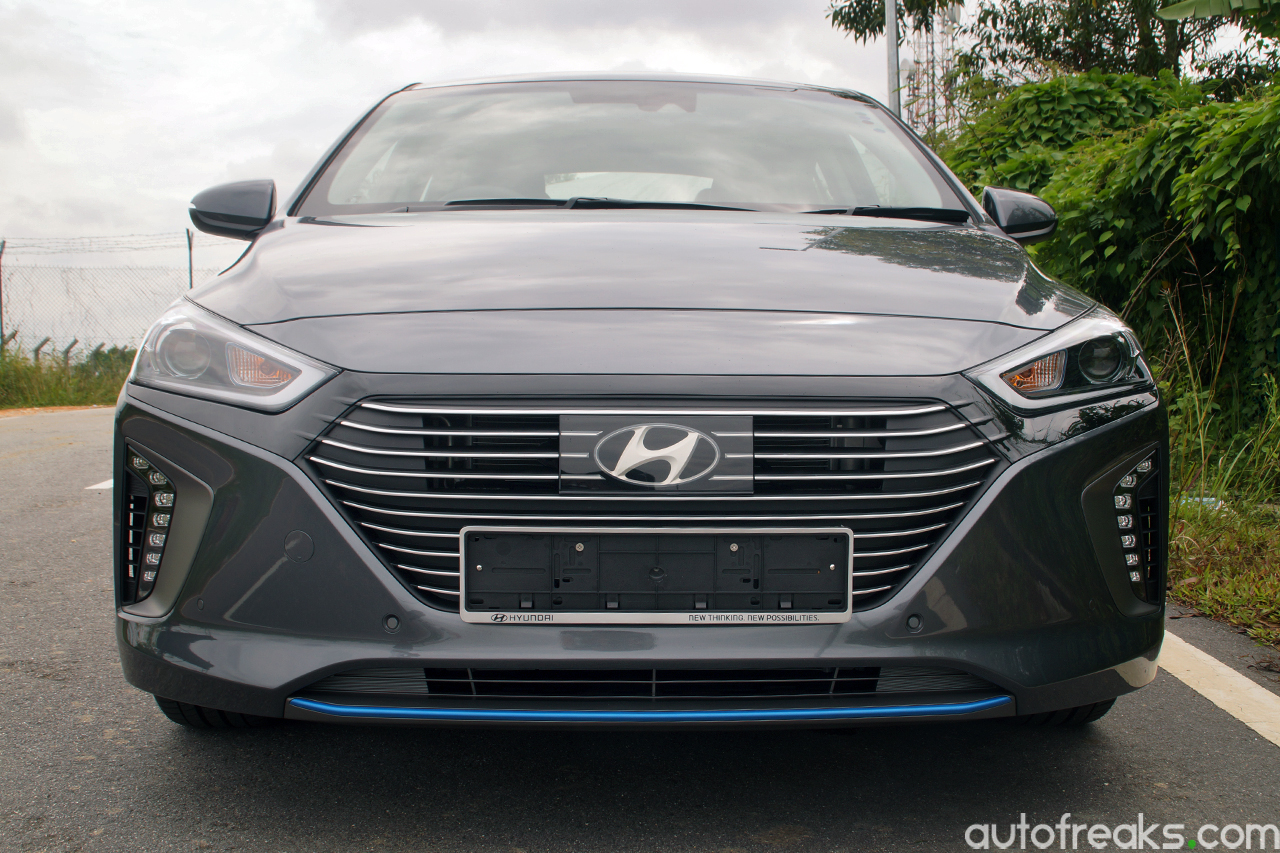
I had the opportunity to sample the range-topping Hyundai Ioniq HEV Plus and here’s what I think of their newest model.
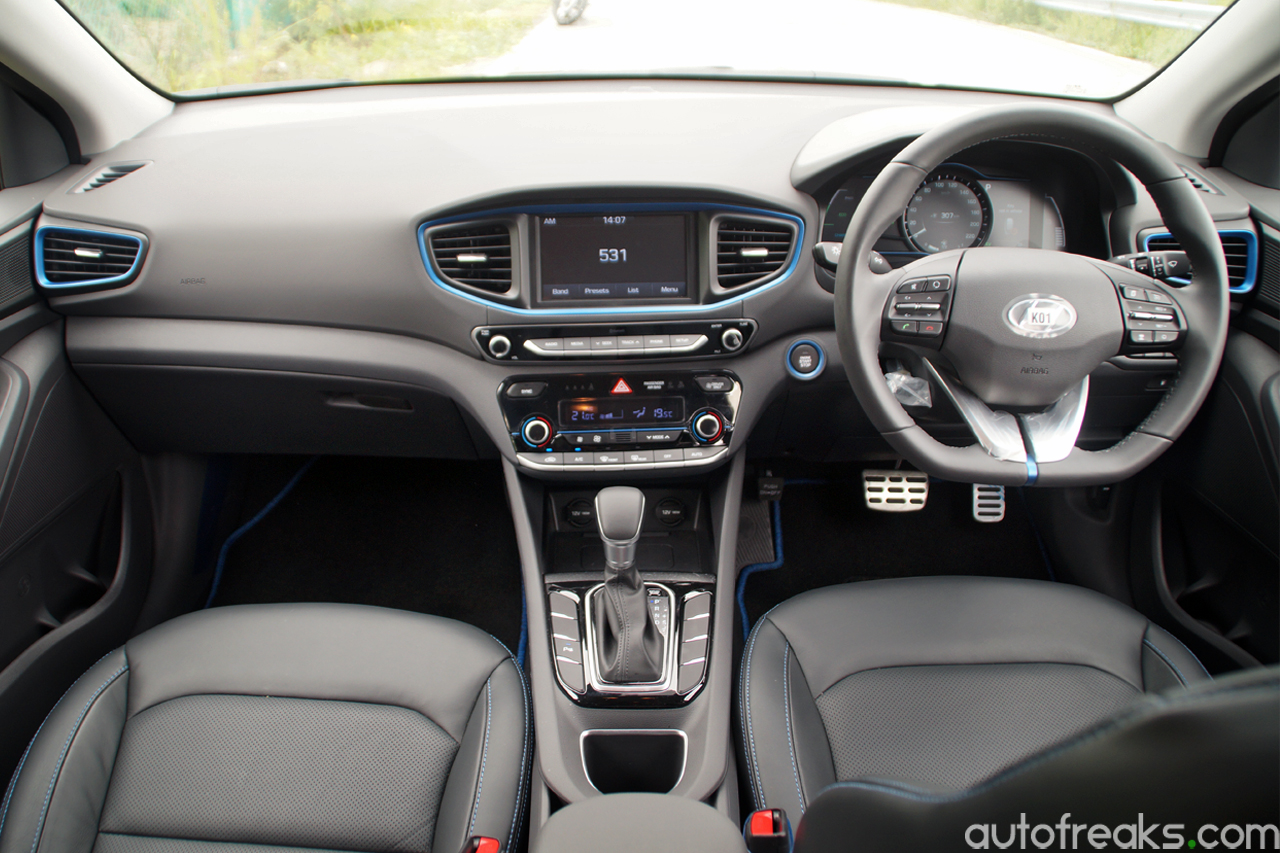
The interior, for those who are familiar with Hyundai models, should find themselves right at home. Controls are placed in the right position and there’s no second guessing what button does what. Tactile feedback from the buttons are also good, which for me is crucial. Many times I’ve seen buttons that look good but lack the all-important tactile feedback. The Ioniq features various blue highlights both on the interior and exterior, which certainly lifts the mood inside the cabin.
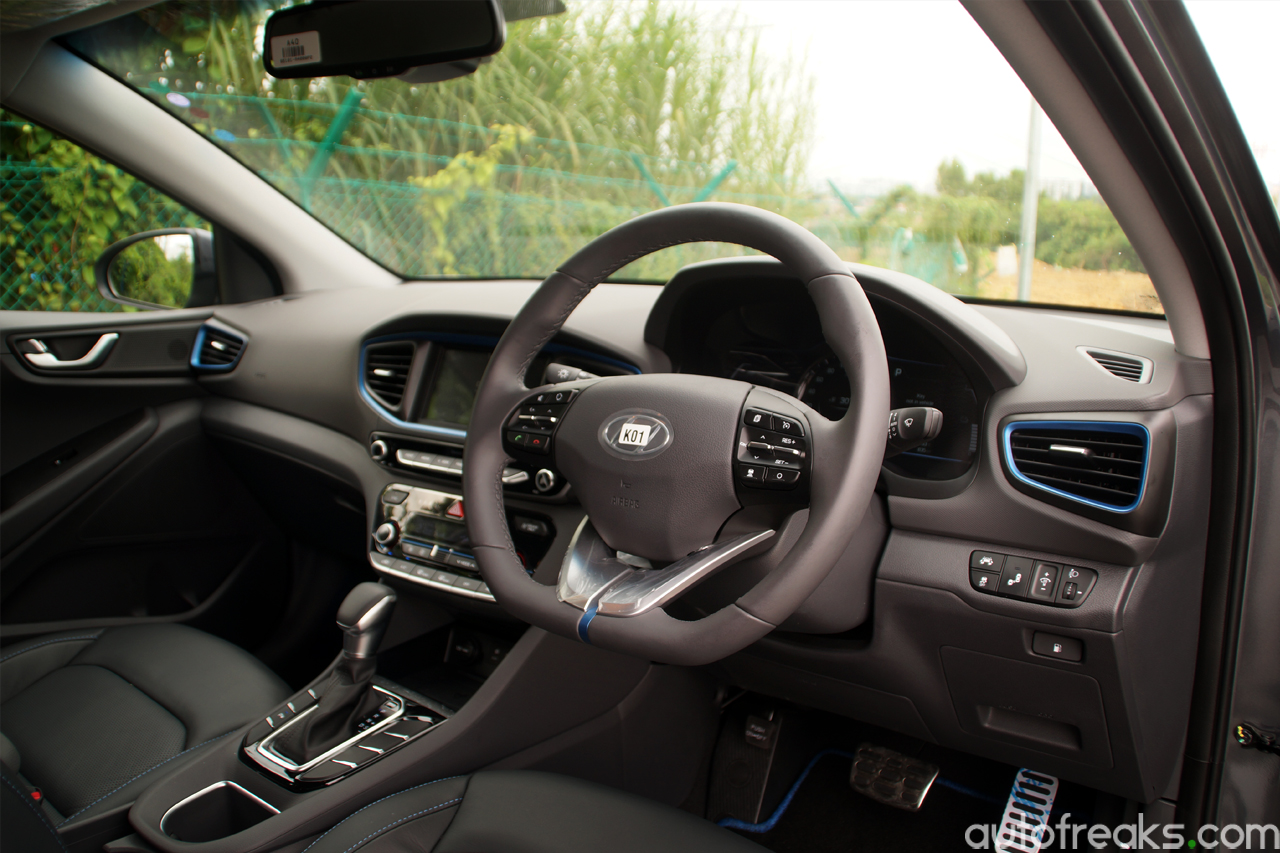
In between the two air conditioning vents is the infotainment system with a large 7-inch display. The system here features USB, Bluetooth and Aux connectivity. The digital air conditioning buttons are placed below the infotainment system with dual zone air-conditioning capability. The empty spot in front of the gear level houses a Qi wireless charging pad that can be used to charge compatible devices (HEV Plus only). I’m pleased to report that my Nexus 6 charged without any issues. The USB port, AUX connector, dual 12V sockets and Qi charging indicator are positioned just above the charging pad.
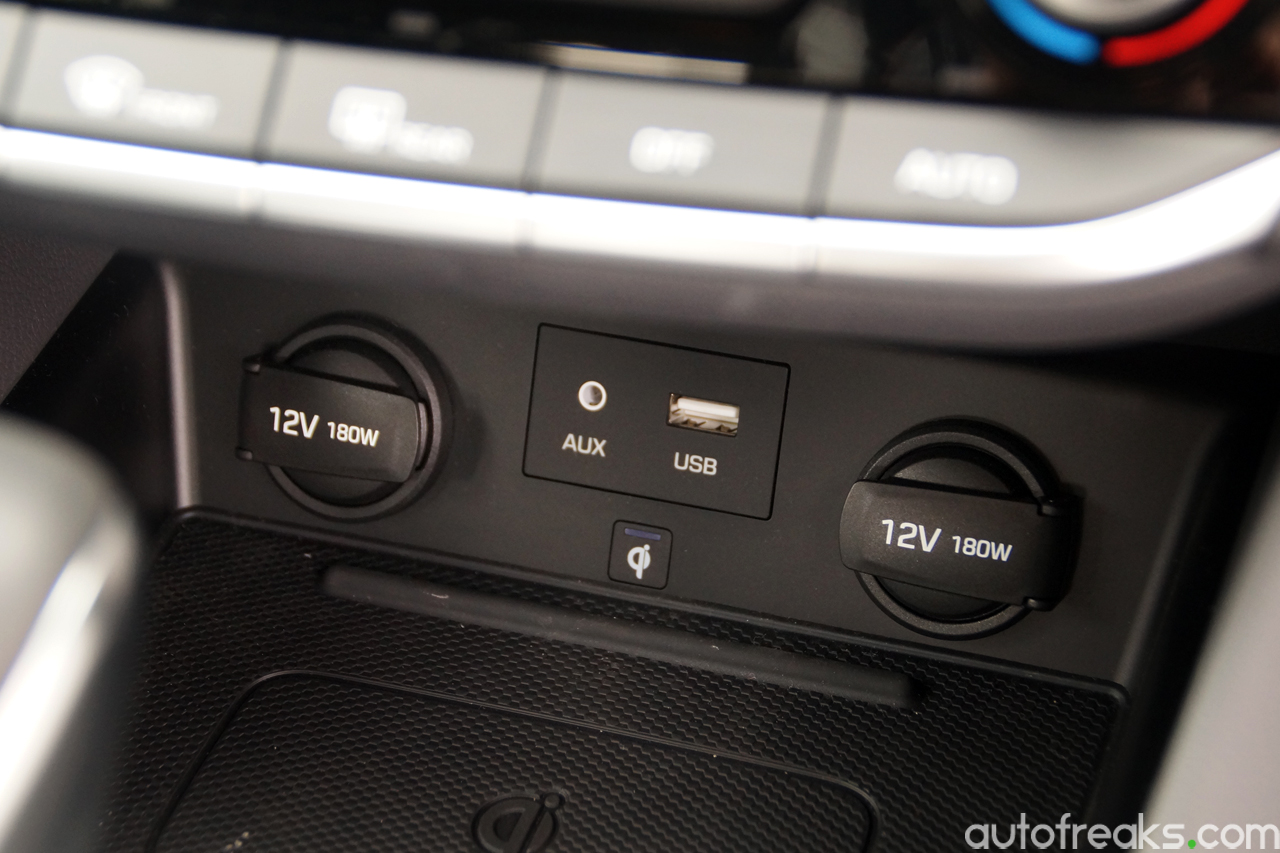
Behind the wheel, the Ioniq offers an interesting drive, to say the least. Once started, the Ioniq behaves like any other hybrid vehicle. There is no engine whine to speak of when the car is started. The only hint the car has started is the aircon compressor hard at work and a green indicator on the meter cluster. To get the car moving, just slot the gear level into D and release the foot-operated parking brake.
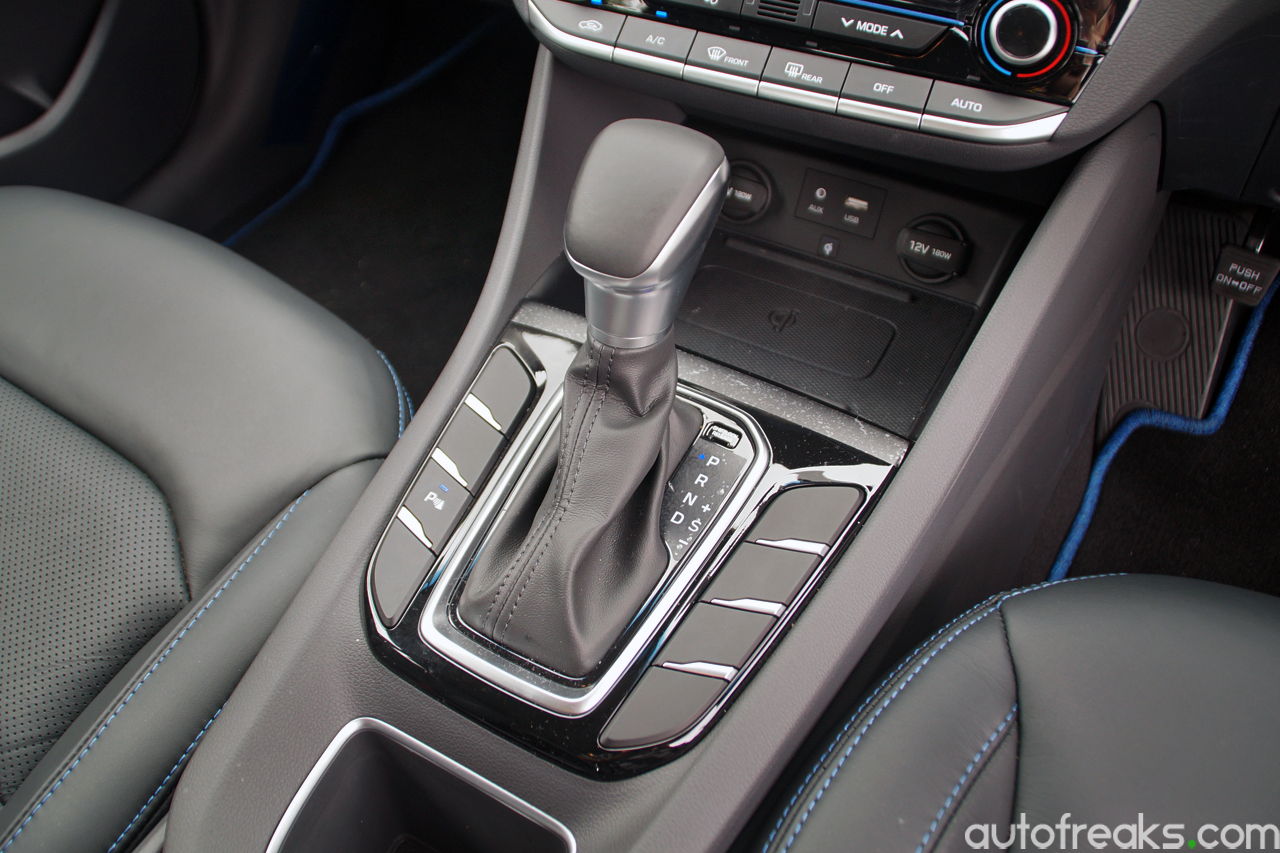
For a hybrid vehicle that runs silently, the biggest danger is pedestrians walking into the path of the vehicle. To counter this, Hyundai has developed their own Virtual Engine Sound System (VESS), meant to emit a synthesized engine note through the speakers around the car. The artificial engine sound is also audible from within the cabin itself, though not at an annoying volume. When gunned, the Kappa block does rev smoothly without hints of sounding strained.
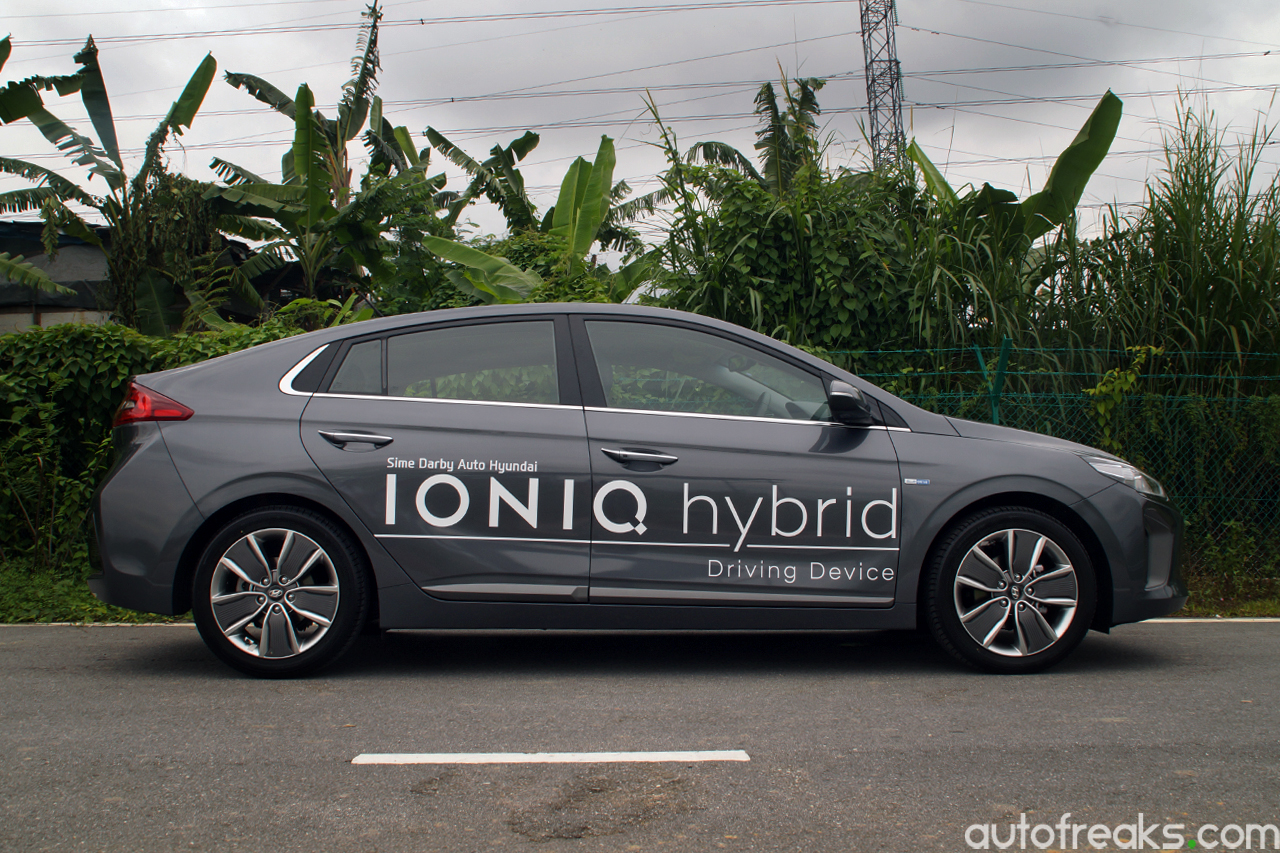
When driven slowly, the Ioniq runs purely on batteries. On bigger roads, the electric motor will assist the petrol engine to improve fuel economy. I noticed that acceleration is brisk for a 1,370 kg hatchback. Thanks to the six-speed dual-clutch transmission, the Ioniq goes through its gears smoothly with the right amount of urgency. For that added sporty appeal, Sports mode is available, and the steering features a flat-bottom.
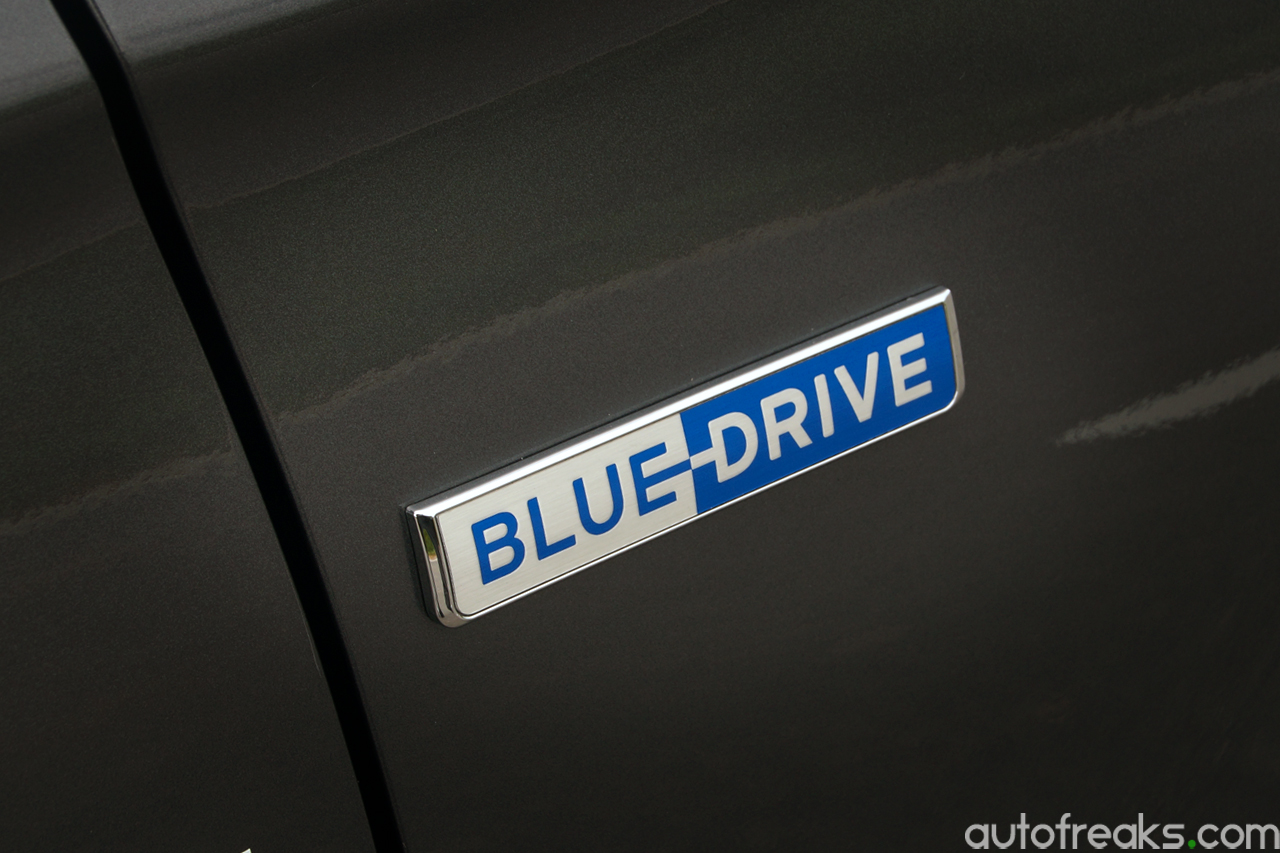
Speaking of sportiness, the Hyundai Ioniq features rear multilink suspension. Multilinks are often regarded as superior over a torsion beam set up, but only when tuned correctly. During my brief period with the Ioniq, I observed that the Ioniq does resist rolling through corners, holding its line pretty well. The ride also feels noticeably more supple than torsion beam fitted models.
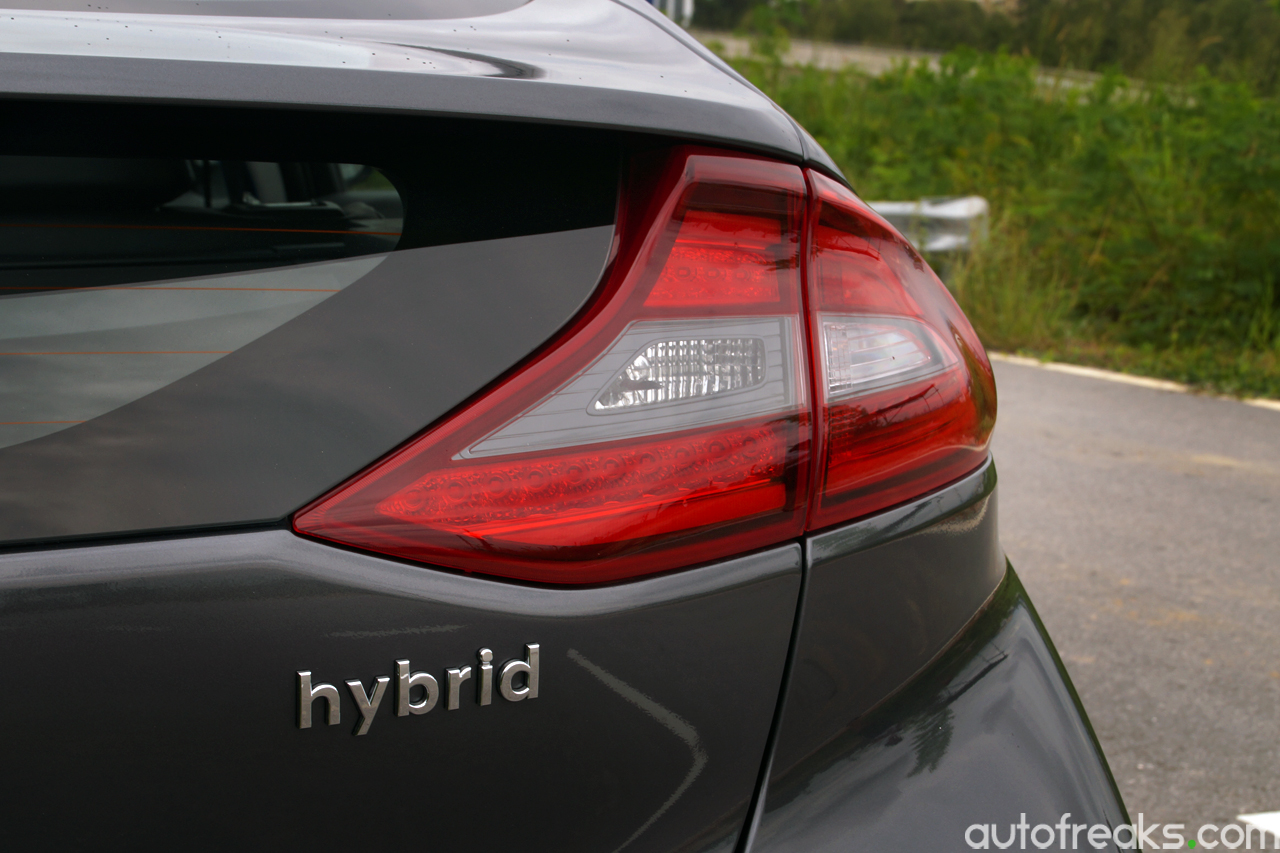
Watch this space for updates, as we will be sampling the Hyundai Ioniq for a longer review. Judging from our initial impressions of the new Ioniq, we are positive that the Ioniq carries with it a lot of potential.
Other posts by AF Newsdesk

